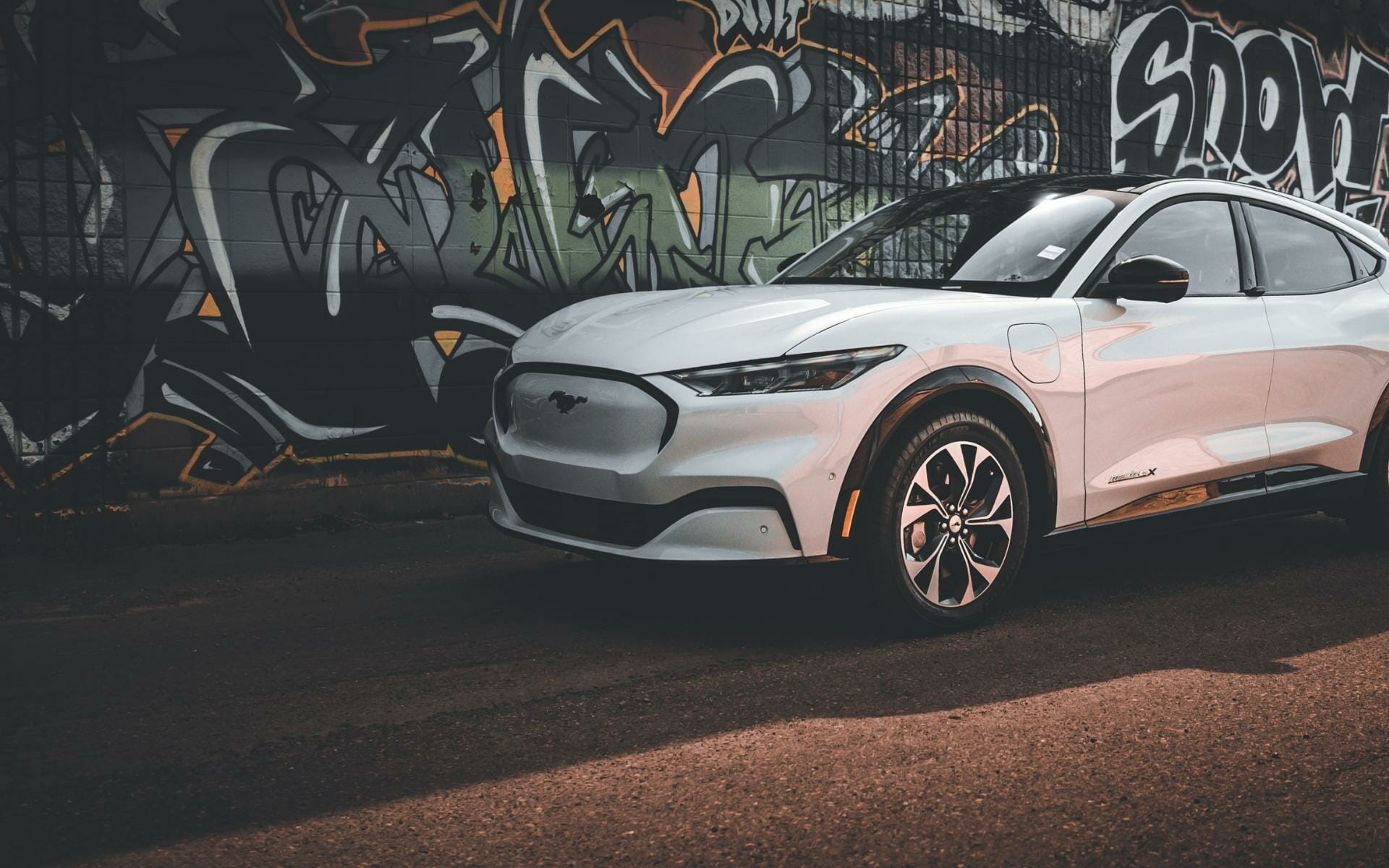
If you’re in the market for a new Ford car, knowing how to read a vehicle identification number can help you understand some basics information and history of the vehicle. In short, a VIN can tell you a lot of information about the car or truck you’re going to purchase or provide you with the information of it’s history (if it’s pre-owned). Once you understand the key sequences of it the strange query of numbers will be easier to understand. Best of all it’s even easier to decrypt what each character does by using a Ford VIN Decoder which will help translate the string of numbers and letters into an easy-to-read format that will give you a detailed report about the car, suv or truck.
You might be surprised to learn that the cryptic string each manufacture produces can provide the vehicle make, model, year, and features of where it was assembled.
Using a decoder is going to be the easiest way to decrypt the information but let’s learn about what each digit represents shall we?
A VIN number is a 17-digit code that uniquely identifies your vehicle. You can think of it like a vehicle fingerprint or a serial number that is custom built to match who and where it was built along with providing information on the type of vehicle it’s attached to. There is multiple ways to find the VIN, under the windshield, stamped on the driver side doorjamb or in some scenarios underneath. When the vehicle is registered it will be the biggest indication of who it belongs to on your vehicle registration card.
If you already own a vehicle and have an existing VIN number you’ll likely need this to track recalls, warranty work and service bulletins. If you’ve ever been involved in an accident or it becomes a stolen vehicle, police officers will almost always use the 17 characters of your VIN number to run a background check on your vehicle to try and track down detailed information about the owner.
Each Ford vehicle is unique to how and where it was built. Most DMS systems and dealership inventory systems have car owners names attached to the vehicles vin number so in most cases finding who owns (or owned) the truck is straight forward.
Regardless, it’s important to understand what the VIN provides and how it can be an important piece of information for you moving forward either was a vehicle shopper or owner.
The 17-digit VIN number is a unique number on a Ford vehicle and can be found in several places whether you own a car or truck. The most obvious place to look is on the underneath the windshield on the driver side. You should find a small rectangle with a bar code and the VIN number underneath. If you can’t find it there, open the driver side door and there will be one of two things:
In either situation both will have a barcode and be hidden by the door when it’s closed.
If you still can’t find the VIN, it may be located on the frame of the vehicle, near the front wheels. Finding this may end up being labour intensive and it likely would be easier to find documentation or reach out to the dealership or previous owner to help.
Now that you’ve found your unique VIN, it’s time to learn what it means. As with anything in the English language we’ll start by working left to right.
In the above example we’ve taken near the windshield we need to break it down in three separate sections.
The first three characters are called WMI, or World Manufacturer Identifier. This will provide the basis of where your vehicle was assembled and from what company.
After learning about the vehicle history characters 4 through 11 provide a detailed description and will tell you important information about the vehicle like production year, engine specification, trim, body type and more.
The VDS will differ between every automotive maker as each one ultimately decides the information they want to provide in their VINs. For Ford, this is what it will look like:
The final remaining sequence is specific to Ford and doesn’t provide a lot of information about the vehicle specifically. The final sequence provides a random but unique sequence that is assigned by the assembly plant to breakdown vehicles between make (Ford or Lincoln), passenger car, and then whether it’s a truck, bus or even incomplete.
A Ford VIN decoder is an online tool that will make it easier to learn about the car you’re looking to purchase or needing service. Let’s be honest you’re likely not going to read through this chart figuring out all the information needed each time…instead you can simply enter the VIN into a decoding tool and it will provide the information we’ve mentioned above which can be useful should you be in the market to buy a second-hand ford truck.
On top of all the information we’ve provided having your vehicle’s vin number will provide any historical record of any Ford. Why is this important? Simply put you can use it to check things like the safety rating and vehicle’s service history which may provide red flags indicating the vehicle has been in an accident, reported stolen, or hasn’t had regular scheduled maintenance which is likely enough to scare away potential buyers.
If you intend to buy and have a vehicle history report at your disposal you’re likely going to make an educated purchasing decision on whether or not this Ford model is for you.
We hope this little guide has been helpful in learning how to decode a vin.
The Latest Deals & News Delivered To Your Inbox Each Month


10001 139 Ave
Grande Prairie, AB
T8X 0V3
Monday - Saturday
8:00 AM - 6:00 PM
Sunday
Closed
Monday - Friday
7:30 AM - 6:00 PM
Saturday
8:00 AM - 5:00 PM
Sunday
Closed